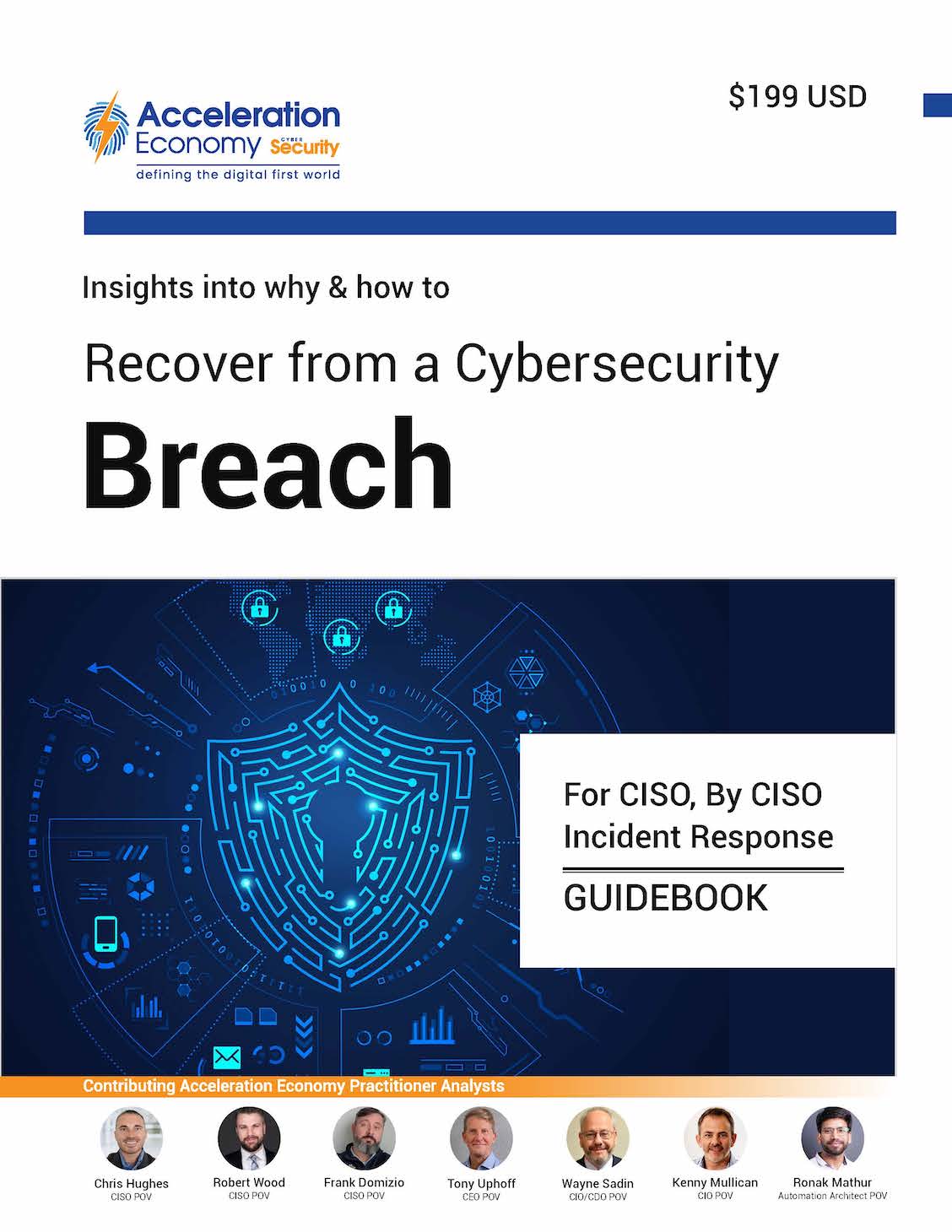Do you know what to do if your company experiences a security incident? All too often, you see information on how to prevent breaches through technology, processes, frameworks, and more. Yes, these are all necessary and should be implemented for every organization — no matter the size.
But, after a breach has occurred, what are the next steps? Of course, emotions run high as a result; poor actions and decisions could exacerbate the situation, leading to more harm than good.
To stop this worst-case scenario from becoming reality, you need to be armed with the knowledge to best respond to a security breach. That means getting prepared now.
This is your “for CISO, by CISO” incident response guidebook and when combined with the Digital CIO Summit, they become your go-to resources for security breach actions.
You’ll get insights from Acceleration Economy CISO Practitioners Chris Hughes, Rob Wood, and Frank Domizio, all of whom have “been there and done that.” They draw from a wealth of public- and private-sector experiences, taking you through every step of what you need to do after a security breach has happened.
